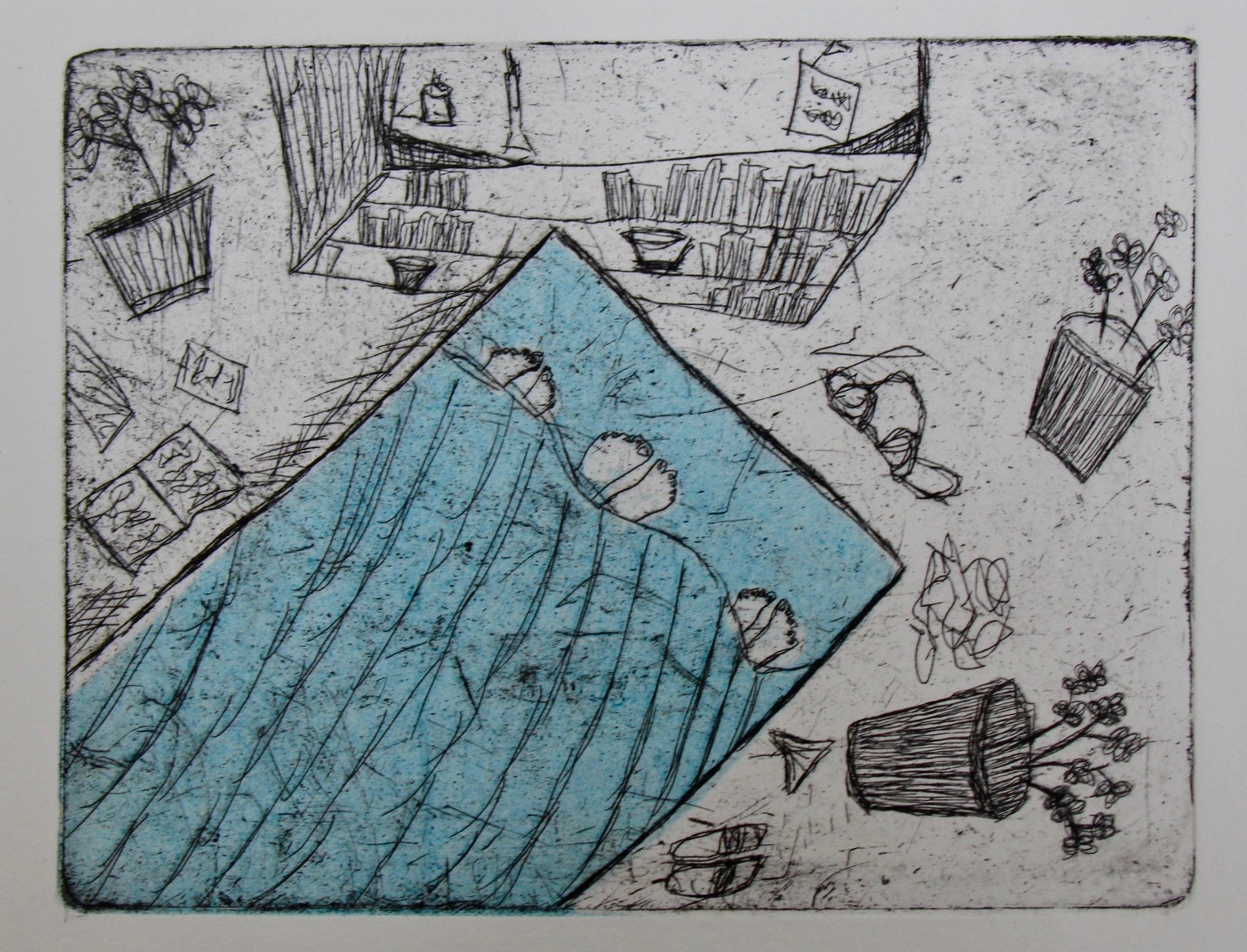Intro: In response to Sean Dorsey’s talk “Dancing with THE MISSING GENERATION: centering trans oral histories”, current OHMA student Nora Waters considers ways of building intersubjective containers with room for more than two.
I am still very new to the field of Oral History as a research practice. However, in my six-month immersion to the methodology and theory of the field, I have encountered a lot of discussion around the intersubjective nature of the interview. Intersubjectivity, as I have come to understand, is the idea that the interview - otherwise known as the encounter - is produced through a dialogic interaction between two people, the narrator and the interviewer. In this vulnerable interpersonal transmission, the subjectivities of both people intertwine to establish the particular nature of that exchange.
Oral history, within a US academic context, focuses on recording interviews and archiving them in institutional repositories. Within this framework, it seems to me that the audience may be able to maintain a level of distance from the intimacy of the exchange. Of course, the subjectivity of a listener influences how they will interpret the interview. However, in listening to a recorded interview, the listener will likely situate themselves outside of that exchange rather than as an active agent of the encounter.
Sean Dorsey’s recent talk “Dancing with THE MISSING GENERATION: centering trans oral histories” challenged me to broaden my understanding of intersubjectivity. Dorsey, a San Francisco-based transgender advocate, dancer, and writer, choreographed THE MISSING GENERATION based on 75 hours of oral history interviews with trans and LGBTQ survivors of the early AIDS epidemic. Through the creative process from interviews to choreographed dance, Dorsey translates the experiences of his narrators into an embodied performance. However, the exchange is not contained between just Dorsey and his narrators. In a video about The Missing Generation Dorsey explains, “I am asking audiences to show up and witness and hold and attend and attune ourselves to survivors and the whole spectrum of human experiences.” In this way, he implicates the audience into the intersubjective encounter by translating feelings and experiences into movement and sound. Through a multisensory experience, the audience can no longer distance themselves from the vulnerability of the narrator's experience in the same way they might be able to if they were listening to a recorded interview. The abstract nature of the performance requires the full presence of audience. As they confront the soundscape, pieces of narrative, and movement filling the theater, they must interpret what is happening on stage by way of their own life experiences. Through their own lens they meet the embodied presentation of the experiences of early AIDS survivors.
Not only does Dorsey successfully implicate his audience into the encounter, he leverages their emotional involvement in service of his project’s intentions. As I watched clips of the performance during the workshop I was so moved. I was considering the experiences of the narrators as well as a dear family friend’s survival.
In this piece, my 96 year old grandmother, Natalie Waters, reflects on the AIDS epidemic, survival, and friendship with her dear friend Bruce across their lifetimes.
I thought about how my friend’s lived experiences as a gay white man differed vastly from those of many of the narrators in the performance, especially the stories of trans folks. By creating a space for the subjectivities of his narrators, dancers, and audience to come together at the intersection of oral history and dance, Dorsey challenged me to consider how the early AIDS epidemic affected the trans community in a completely different way.
Inspired by Dorsey and a long history of embodied storytellers, I am interested in inviting the vulnerability of my audience into my own work around non-monogamous relationships. I hope to use visual art as a tool to build intersubjective containers with room for more than two. I am exploring how multisensory translations of narrative, artistic and abstract, aural and oral may allow the audience to open themselves to non-monogamous experiences in a new way. It is my hope that because they are being asked to join the encounter, it will be more difficult for people to cast the experiences of those different than them as ‘other’. Moved by the ways I was called into the intersubjective encounter to feel the stories of trans survivors, I hope to offer an opportunity for my audience to feel part of my own experience in a non-monogamous relationship, a chance to loosely interpret the meanings of love and relationships, and to experience the discomfort of dipping your toes into something new.
“Toes in Bed” Intaglio print by Nora Waters
Nora Waters is a MA candidate in Oral History at Columbia University. She has a background in grassroots organizing, and is particularly interested in the intersections of art, queerness, and anti-racism in her two homes, Milwaukee and New Orleans. Through her oral history and printmaking courses at Columbia, Nora has discovered an insatiable urgency to create.

